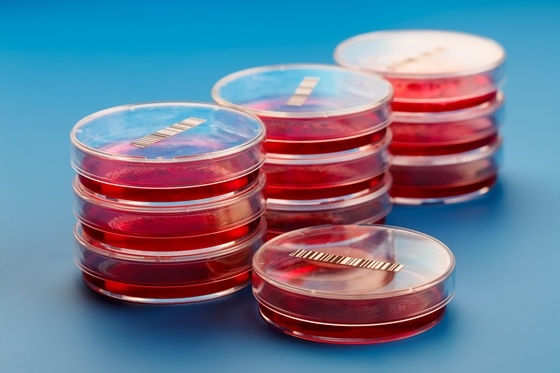
A group of scientists has discovered an innovative approach for making more stem cells from cord blood. The research was co-led by Dr. John Dick in Canada and Dr. Gerald de Haan in the Netherlands. The findings have the potential to greatly increase the number of cord blood stem cells that are available for transplants, which may save many lives.
The researchers have discovered a “switch” in cord blood that allows them to prompt the stem cells to rapidly create more stem cells. The research was recently published in the journal Cell Stem Cell.
Dr. Dick described the importance of the findings, saying: “Stem cells are rare in cord blood and often there are not enough present in a typical collection to be useful for human transplantation. The goal is to find ways to make more of them and enable more patients to make use of blood stem cell therapy.” He continued: “Our discovery shows a method that could be harnessed over the long term into a clinical therapy and we could take advantage of cord blood being collected in various public banks that are now growing across the country.”
The findings allow the scientists to obtain huge numbers of stem cells from cord blood, which will lead to higher success rates in transplants.
At the moment, most stem cells are obtained from adult donors with a compatible immune system. Unfortunately, there are many thousands of people worldwide who are unable to find a stem cell match.
One of the many advantages of stem cells from cord blood is that they are young cells that are less likely to trigger an immune system response from the recipient. That means it is easier to find a match with cord blood stem cells compared to adult stem cells.
The research team discovered that microRNA (mirR-125a) is responsible for controlling self-renewal in stem cells. It normally gets turned off in progenitor cells — the many cells that are created when a stem cell divides. By altering the state of the microRNA, they were able to give progenitor cells the ability to self-renew and retain the capabilities of a stem cell.
Source: Scientists identify new approach to making more stem cells from cord blood
{{cta(’67c42548-ae7a-4f21-bbcb-59a71252963b’)}}


